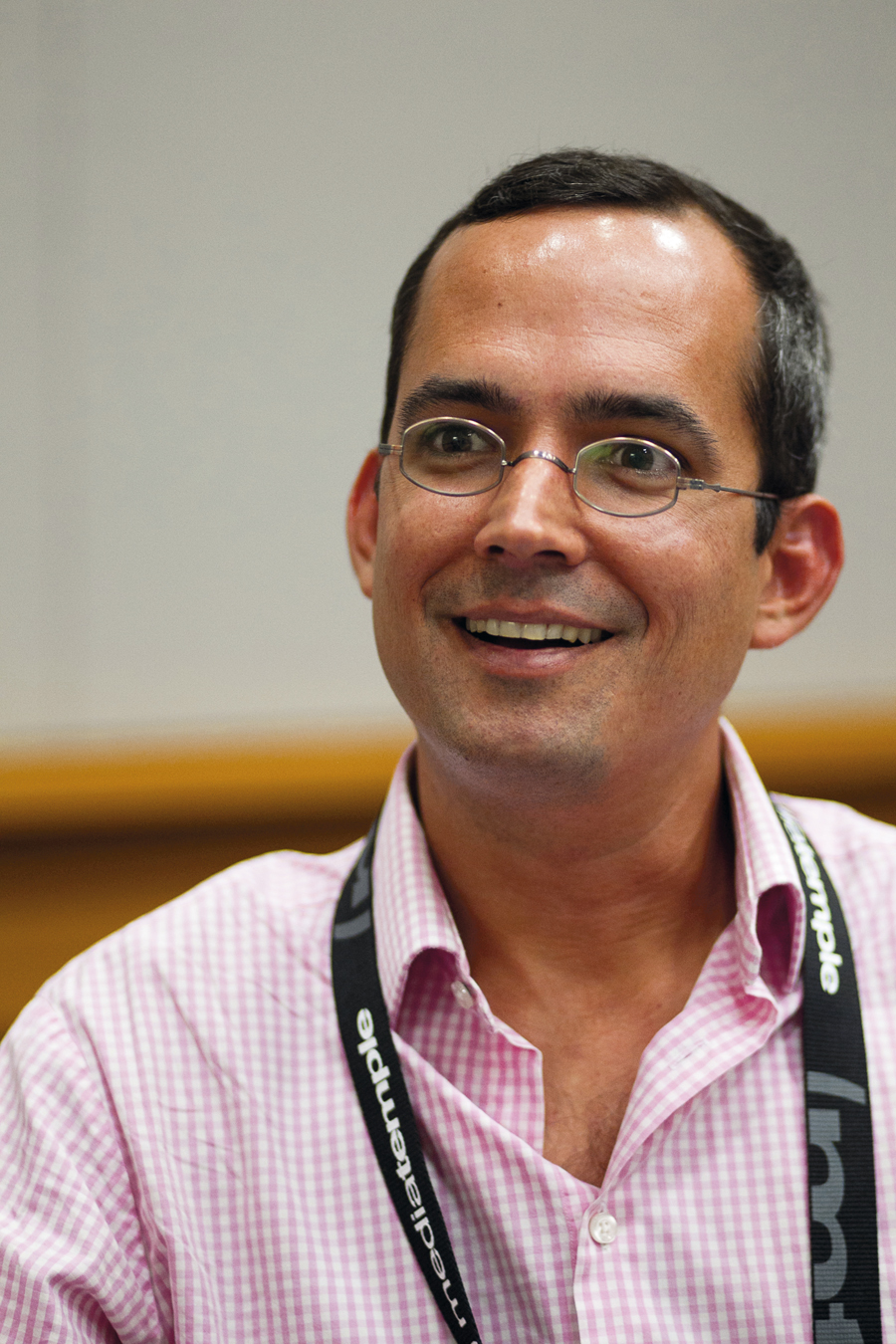How Linux reads your fingerprints, helps national security
Red Hat's Gunnar Hellekson on open government
LXF: Which you don't get if you're locked in to a ten-year contract with Capgemini.
GH: The way we look at it is this: take your favourite software vendor and draw a circle around all those developers. In the world, are there more smart people inside or outside that circle? And that's true of any organisation.
If you're buying from a proprietary vendor, your software is only as good as how many smart people they can hire, which doesn't seem like a very good risk proposition to me. You want to use software and software vendors that have access to as many smart people as possible.

LXF: How's Red Hat doing?
GH: Well great, you just saw the press today. I heard the number three and I heard the number 12, but we're one of the few pure software companies to go over $1bn revenue.
One thing that's exciting for me about Red Hat right now, I love working for Red Hat, I love my job, I've been here for seven years. And I've never been as excited about anything as I am about OpenShift.
I know it's not on your beat, but having an open-source platform for a server is a complete game changer for my customers to the way they plan on procuring software. Giving them a way to control all of their technology going forward from that point of view is to start looking at platforms as a server.
Sign up for breaking news, reviews, opinion, top tech deals, and more.
And I'm going to be blogging a bunch about that. It's a huge deal, and it's really exciting.
LXF: Is that related to OpenStack?
GH: It lies on top of OpenStack. So OpenStack will give you a VM; OpenShift will let you say, "give me a Python environment, give me a PHP environment and put WordPress on it".
And then it will automatically create these things we call cartridges; cartridges for Mongo, PHP, Perl, Ruby, Java... so all the building blocks have already been laid out, already secure. And you're not even looking at the virtualisation layer.
In fact, you don't even know where the stuff is running. As a developer, all you're working with is Git. You write your code, then you do a Git push, and once you've pushed it, it's running inside the environment. It's really cool.
LXF: It sounds kind of like Ubuntu's Juju thingamibob, the cloud as a service product they launched earlier this year.
GH: I sat in front of a Juju session two days ago, and I'm still trying to figure out what it is. But Juju is coming at a similar problem from a different angle. OpenShift has a bunch of other stuff. Juju is a way of helping sysadmins; what OpenShift does is, it lets you create these Linux containers so you can confine applications inside. One container, one jail, and nobody can talk to anybody else.
We've got it running on EC2; it'll spin up VMs, then spin up containers within those VMs, so we can get 400 customers on one box, which is awesome. OpenShift is a way to manage who owns what.
The way we make money is that you can spin up three cartridges for free, but if you want extra stuff, if you want management tools and all the rest of it, then you sign up for the service and you pay for additional space. The navy are looking at it, the air force...
LXF: Did you see that Linux is being used in one of the US navy drones now?
GH: Uh-huh. The Firescout. We actually made fun of that article. If you look at the timeline of government use of open source, you see that there are all these data points going back to 1978 all the way up to 2012, there's this mass of articles all calling for advocacy and adoption of open source projects.